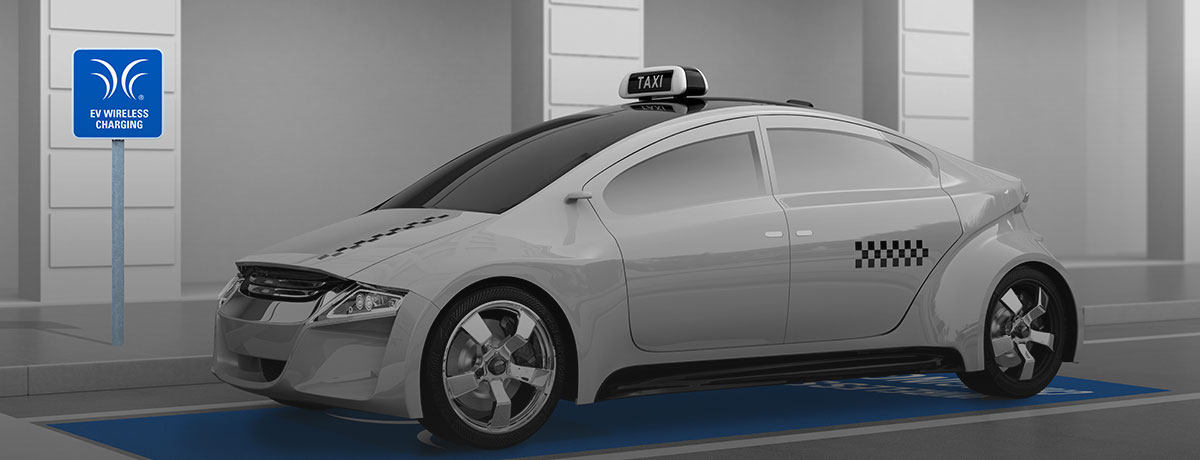American venture WiTricity is an industry pioneer in wireless power transfer over distance: their technology can help pave the way for all electric vehicles (EVs) to be charged wirelessly. Here, Tom Okada, Senior Director of Business Development talks us through WiTricity’s product and how their solution actively tackles decarbonisation in the energy sector.

Can you tell us a bit about the company and its founders?
WiTricity was spun out of the Massachusetts Institute of Technology (MIT) in 2007 to productise the magnetic resonance wireless charging technology that MIT Professor Marin Soljačić had developed with his team. Our patented magnetic resonance technology can safely and efficiently charge devices at a distance, through materials (like snow, water), without requiring exact alignment. We have worked across industries where this technology can be used: consumer electronics, medical devices, industrial applications, and more. About a decade ago, we started working with the automotive industry to use our magnetic resonance technology to create wireless charging for EVs. Today, EVs are poised for explosive growth, and we believe the convenience, reliability, and safety of our wireless charging will help accelerate EV adoption.
With WiTricity’s technology, an EV is equipped at the factory with a charging receiver on the vehicle, and when it is driven over the charging pad—which is either on or in the ground—the vehicle automatically starts charging. It works with any size vehicle: from low-slung sports cars to sedans to pick-up trucks to commercial vehicles.
How does your solution contribute to the Digitalisation and Decarbonisation of the energy sector?
WiTricity is changing the perspective some consumers have that “greener” alternatives are more complicated or more of a hassle. The most notable advantages of wireless charging are reliability and ease: consumers can ditch the plug and simply park to charge. To get to a greener future, we need to accelerate the adoption of EVs, and wireless charging makes charging as simple as parking, which makes EV ownership more appealing. Plug-in charging can be finicky and has connectors that can break. With wireless charging, it’s simple —just park and charge.
In the commercial space, decarbonisation can be accelerated by increasing the adoption of EVs in spaces that might have seemed impossible. Electric taxis, for example, can now charge while waiting in the queue, extending their range and time on the clock. Municipal buses can charge at stops or during mandatory lunch breaks for drivers, giving them longer life on the road before needing a full charge – or, depending on the number of stops and charging stations, letting them run almost 24/7. Delivery vehicles can also take advantage of this kind of opportunity charging by installing charging pads near docks, staging areas, or other places at the depot that are already in the delivery workflow. In other words, you can bring the charging to where the vehicles are already spending time.
What is your company’s proudest achievement to date?
WiTricity has seen so much momentum over the last few years that it’s hard to pick just one. We have worked hard to build the necessary standards to ensure interoperability among different automotive manufacturers. Our technology is at the heart of SAE International’s global standards for wireless EV charging. We are actively engaged with critical standards organisations worldwide, developing specifications for EV wireless charging that allow interoperability between EVs and wireless charging systems, including IEC, ISO and, most recently, the CEC to support the ratification of the Chinese national GB standard for wireless EV charging.
Through our acquisition of the Halo solution from Qualcomm in 2019, we’re also the pioneer in dynamic charging. This technology is seeing renewed interest today, and we can foresee a future where there is an “electric” lane in highways where EVs can charge just going about their everyday routes.
What specifically attracts you about the prospect of expanding to the Japanese market?
We’re incredibly excited to continue to expand into the Japanese market. The country has pledged to cut greenhouse gas emissions by 46% by 2030, and EVs are a necessary component to help reach that goal. Wireless charging will play a key role in making EVs more appealing to consumers and therefore more mainstream. WiTricity has several licensees already in the country, including Shindengen, Daihen, TDK, and IHI Corporation.
How will your solution/product help advance the Japanese energy sector?
Japan’s Green Growth Strategy pushes the country to carbon neutrality by 2050. An integral part of this strategy is to dramatically reduce reliance on fossil fuels and focus on more efficient energy sources, like wireless charging built on WiTricity’s innovation. With most of the population driving short distances during the day and leaving their vehicle in one location for 18+ hours per day, WiTricity reduces the reliance on Fast Charging Stations, reduces the impact of these stations on the energy grid and improves the useful life of the EV battery.

